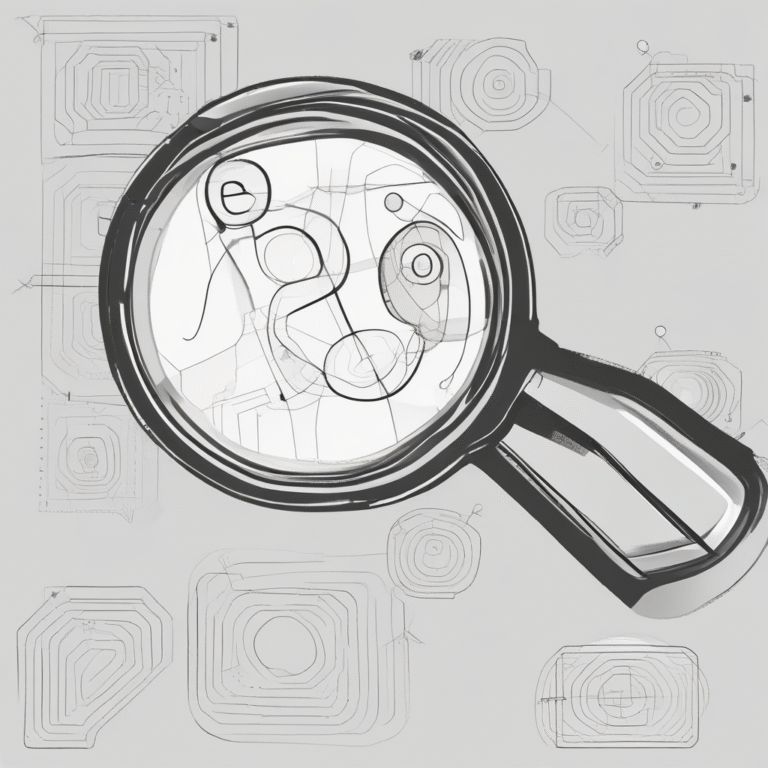Top 10: AI Regulations and Compliance Issues
As AI technology rapidly evolves, the landscape of regulations and compliance becomes increasingly complex. Organizations across the globe are faced with the challenge of balancing innovation with the necessity for effective governance. This study outlines the top ten issues surrounding AI regulations and compliance, emphasizing the challenges and strategies that organizations must adopt to navigate this intricate terrain.
10. Cross-border Data Transfers
Why it’s an issue: Global data flows for AI conflict with national data sovereignty rules.
Example: Organizations like Duality Technologies are tackling these challenges. AI development requires vast datasets that often span multiple jurisdictions, creating conflicts with data sovereignty regulations including GDPR. The invalidation of the EU-US Privacy Shield in 2020 showcased the complexity of compliant transfers, necessitating navigation through Standard Contractual Clauses and Binding Corporate Rules.
9. AI Governance and Risk Management
Why it’s an issue: Proactive frameworks are crucial for managing evolving AI risks and compliance.
Example: KPMG offers a trusted AI framework that encompasses reliability, security, safety, privacy, explainability, fairness, and accountability. As AI adoption introduces new risks, organizations face financial penalties without adequate governance frameworks, evolving from ad-hoc activities to structured methodologies.
8. Fragmented Global Regulatory Landscape
Why it’s an issue: Inconsistent laws create complex, costly, and uncertain compliance for global firms.
Example: TrustArc provides AI governance solutions through its PrivacyCentral platform, which enables adherence to various regulations including the EU AI Act and the Colorado AI Act. The platform incorporates standards like the NIST AI Risk Management Framework and OECD AI Principles, addressing the challenges posed by regulatory fragmentation.
7. Deepfakes and Misinformation
Why it’s an issue: AI-generated fakes undermine trust and enable fraud/manipulation.
Example: Intel has developed FakeCatcher, the first real-time deepfake detector that analyzes biological signals to determine video authenticity, in response to the threats posed by AI-generated deepfakes that challenge public trust and democratic processes.
6. Intellectual Property Rights
Why it’s an issue: AI training and output challenge existing copyright and ownership laws.
Example: Adobe invests in technologies combating deepfakes while also participating in the Coalition for Content Provenance and Authenticity to ensure verifiable details about digital content origin and edits, addressing complexities related to copyright ownership and infringement.
5. AI Safety and Security
Why it’s an issue: AI introduces novel cyber threats and operational risks.
Example: Palo Alto Networks provides products that safeguard AI systems against cyber threats such as prompt injections and data poisoning, ensuring model integrity and infrastructure resilience.
4. Accountability and Human Oversight
Why it’s an issue: Autonomous AI lacks clear human responsibility and control.
Example: Open AI emphasizes accountability and human oversight through open-sourced safety research, ensuring that human responsibility remains paramount in AI operational workflows.
3. Transparency and Explainability
Why it’s an issue: Opaque AI decisions erode trust and hinder accountability and auditability.
Example: Google’s DeepMind division is leading the charge for ethical AI development by prioritizing explainable AI, which facilitates bias detection and correction, ensuring that AI decisions in critical areas like healthcare and finance are understandable.
2. Data Privacy and Protection
Why it’s an issue: AI processes vast data, risking breaches and misuse of personal information.
Example: Microsoft addresses data privacy challenges through its Purview suite, delivering unified data governance capabilities and ensuring compliance with regulations like GDPR.
1. Algorithmic Bias and Fairness
Why it’s an issue: Unfair AI leads to discrimination, legal risks, and reputational damage.
Example: IBM provides the open-source AI Fairness 360 toolkit, which includes fairness metrics and bias mitigation algorithms, to tackle the legal and reputational risks associated with algorithmic bias.
This comprehensive overview of the top ten AI regulations and compliance issues underscores the critical need for organizations to adopt robust governance frameworks and remain vigilant in navigating the evolving regulatory landscape.










